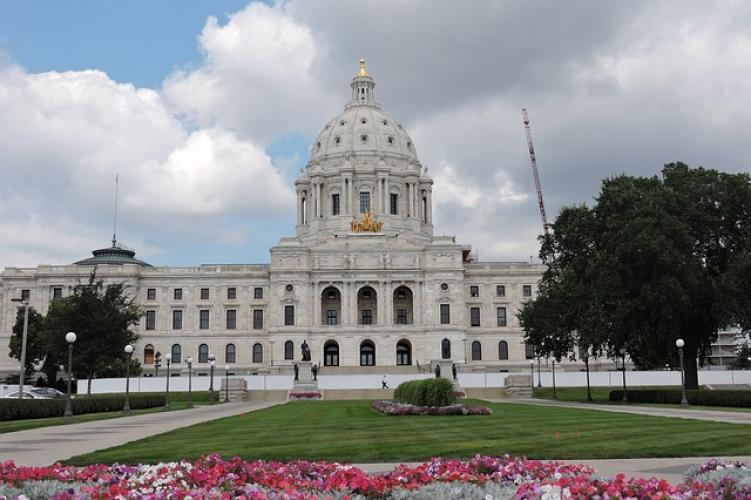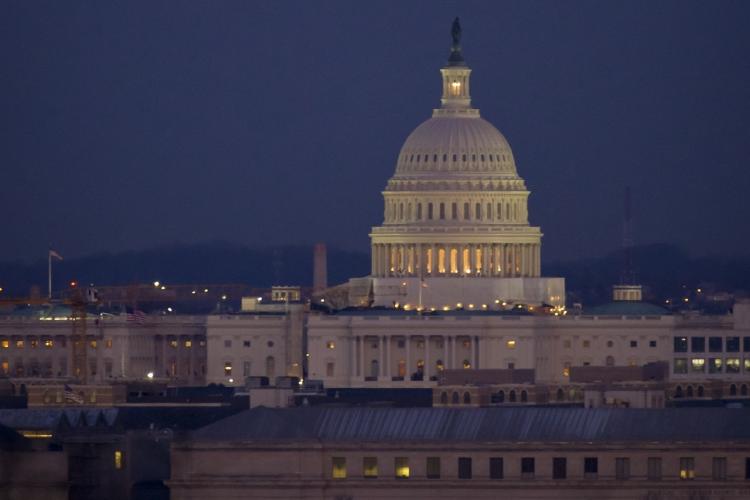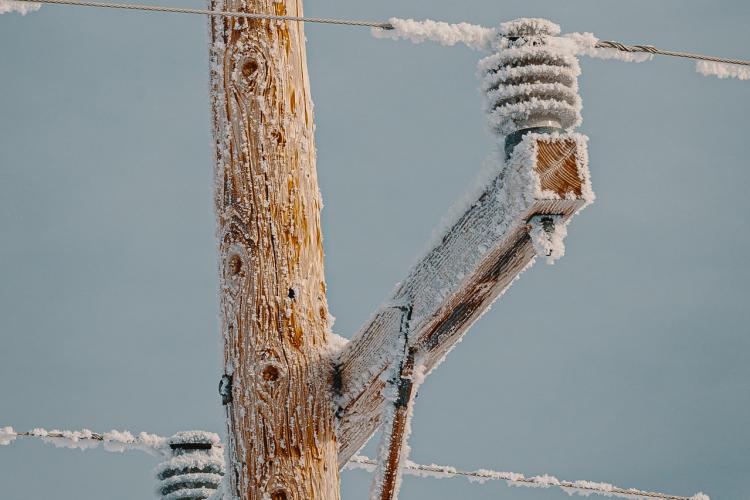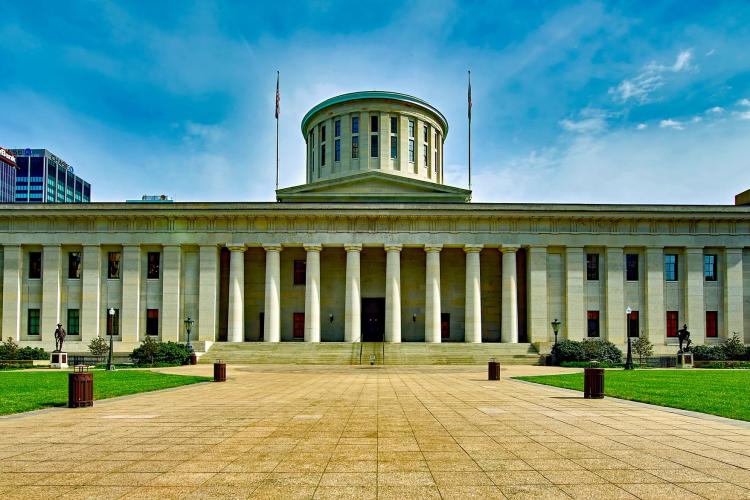Minnesota Passes the ECO Act, a Modern and Expansive Update to its EE Framework
Last week, the Minnesota legislature passed a major update to the state’s energy efficiency policy framework. The Energy Conservation and Optimization (ECO) Act passed both the House and Senate after a conference committee reached a compromise on the remaining areas of disagreement between the two chambers. The Act was signed by Governor Walz on May 25th.









